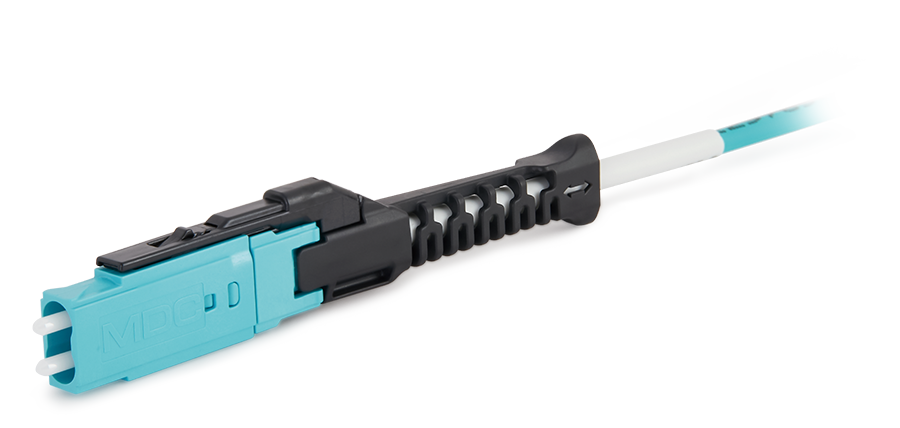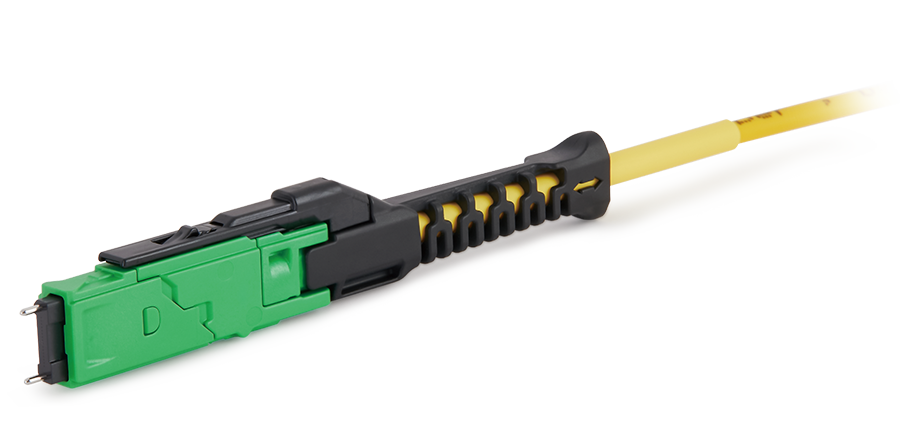In the PON (passive optical network) network, especially in the complex point-to-multipoint PON ODN (optical distribution network) topology environment, the rapid detection and diagnosis of optical fiber faults have become challenging work.
Although optical time-domain reflectometer (OTDR) tools are widely used at present, OTDR detection is sometimes not particularly sensitive to the attenuation of optical signals at the ends of some ODN branch fibers or ONU fibers.
Installing a low-cost wavelength-selective fiber reflector on the ONU side is often used at present, through which accurate detection of the end-to-end attenuation of the optical link can be achieved.
1. The working principle of fiber grating reflectors
The test light pulse sent by the OTDR is mainly reflected back with a reflectivity of nearly 100% by using the fiber grating, while the working wavelength of a normal passive optical network (PON) system passes through the reflector with little attenuation because it does not satisfy the Bragg condition of the fiber grating.
The main function of this is to accurately calculate the return loss value of the reflection event at the end of each ONU branch by detecting the existence of the reflected OTDR test signal and the intensity of the optical signal. Thus, it tells whether the optical link from the OLT side to the ONU side is normal. In this way, real-time monitoring of fault points and fast and accurate diagnosis are realized.
By flexibly deploying the position of the fiber grating reflector and identifying different ODN sections, the detection and location of the ODN fault point and the cause analysis can be quickly realized, which can reduce the fault processing time and improve the test efficiency and maintenance quality.
In the first-level splitting scenario, if the return loss of the reflector of a certain fiber branch of the home increases significantly compared with the return loss value of the health file, it indicates that there is a problem with the optical fiber link of this branch. If all the fiber branches installed with fiber reflectors have obvious return loss increase at the same time, it indicates that the main fiber is faulty.
In the secondary optical splitting scenario, the difference between return losses can also be used to accurately locate whether the attenuation fault has occurred in the distribution fiber segment or the home fiber segment. Whether it is a first-level or second-level splitting scenario, since the reflection peak will drop sharply at the end of the OTDR test curve, the return loss value of the longest branch link in the ODN network may not be accurately measured and it is necessary to measure the fiber reflection.
2. The characteristics of fiber grating reflectors
FBG reflectors can be conveniently placed in series at the end of the user. It has the characteristics of long life, stable and reliable, convenient connection of adapter structure and so on. This is one of the reasons why fiber reflectors are the ideal optical end choice for FTTx network link monitoring.
As a fiber optical accessories supplier, T&S communications today takes a leading role in OEM and ODM service for optical fiber termination solutions. Based on T&S Communications's excellent comprehensive capabilities, we are dedicated to bringing fiber optical components with superior performance to the next-generation communications in a green, pragmatic and cost-effective manner. Please feel free to contact us if you have any interest in related products.

 Fiber Optic Flex Circuit (FOFC)
Advanced Simulation & Optimization, High Positioning Accuracy, Flexible Customization, Rigorous Reliability Testing
Fiber Optic Flex Circuit (FOFC)
Advanced Simulation & Optimization, High Positioning Accuracy, Flexible Customization, Rigorous Reliability Testing MDC Solution
US Conec's MDC connector is a Very Small Form Factor (VSFF) duplex optical connector, expertly designed for terminating single-mode and multimode fiber cables with diameters up to 2.0mm.
MDC Solution
US Conec's MDC connector is a Very Small Form Factor (VSFF) duplex optical connector, expertly designed for terminating single-mode and multimode fiber cables with diameters up to 2.0mm. MMC Solution
US Conec's Very Small Form Factor (VSFF) multi-fiber optical connector that redefines high-density connectivity with its cutting-edge TMT ferrule technology and intuitive Direct-Conec™ push-pull boot design.
MMC Solution
US Conec's Very Small Form Factor (VSFF) multi-fiber optical connector that redefines high-density connectivity with its cutting-edge TMT ferrule technology and intuitive Direct-Conec™ push-pull boot design. EN
EN
 jp
jp  fr
fr  es
es  it
it  ru
ru  pt
pt  ar
ar  el
el  nl
nl 



_and_High-Reflection_(HR)_Optical_Coatings.webp)
